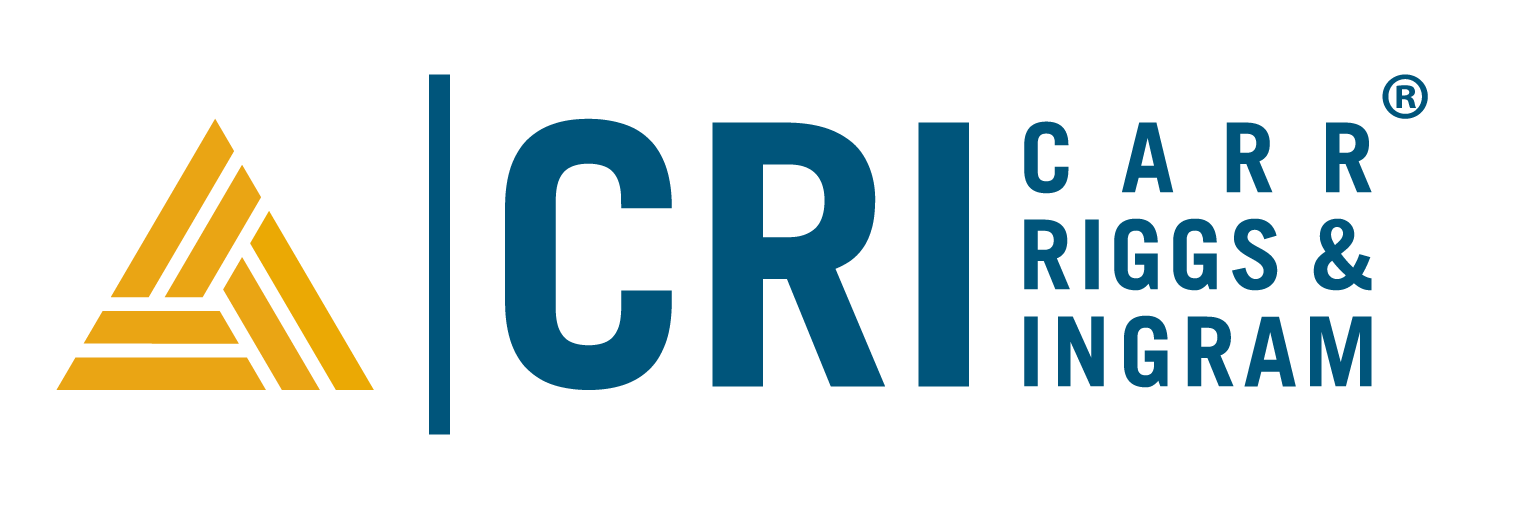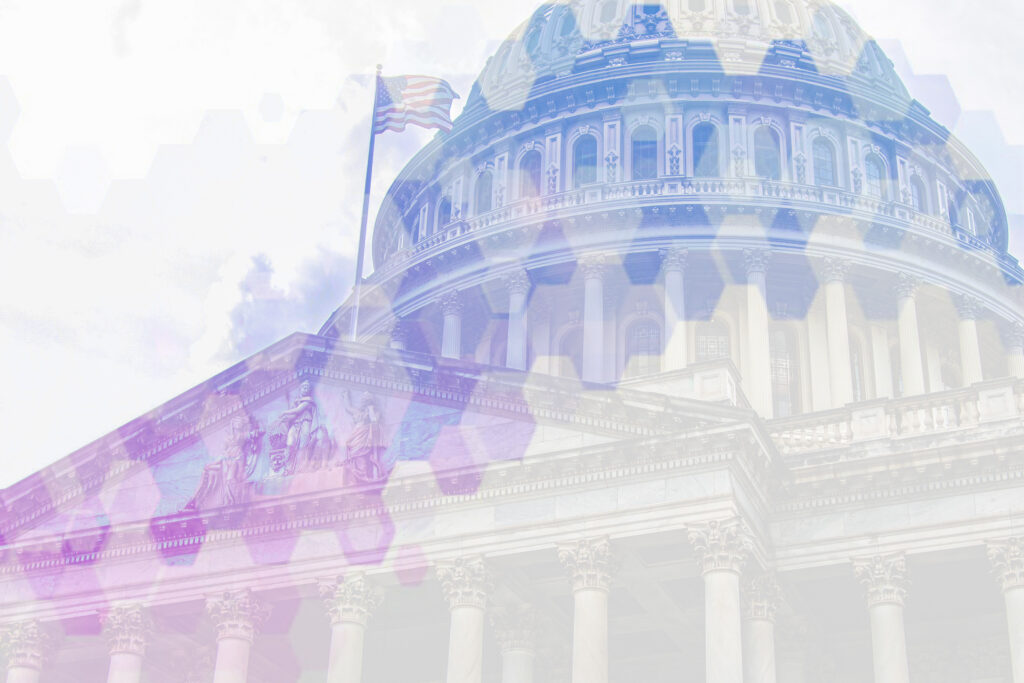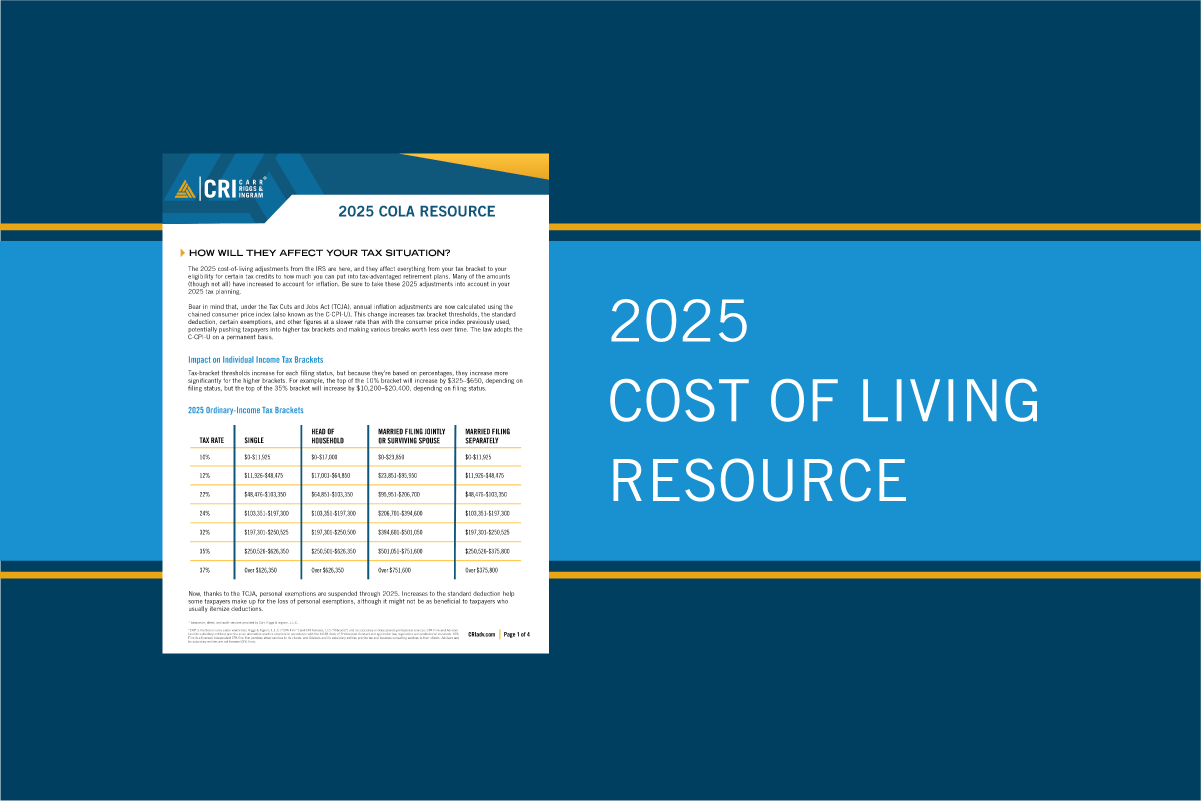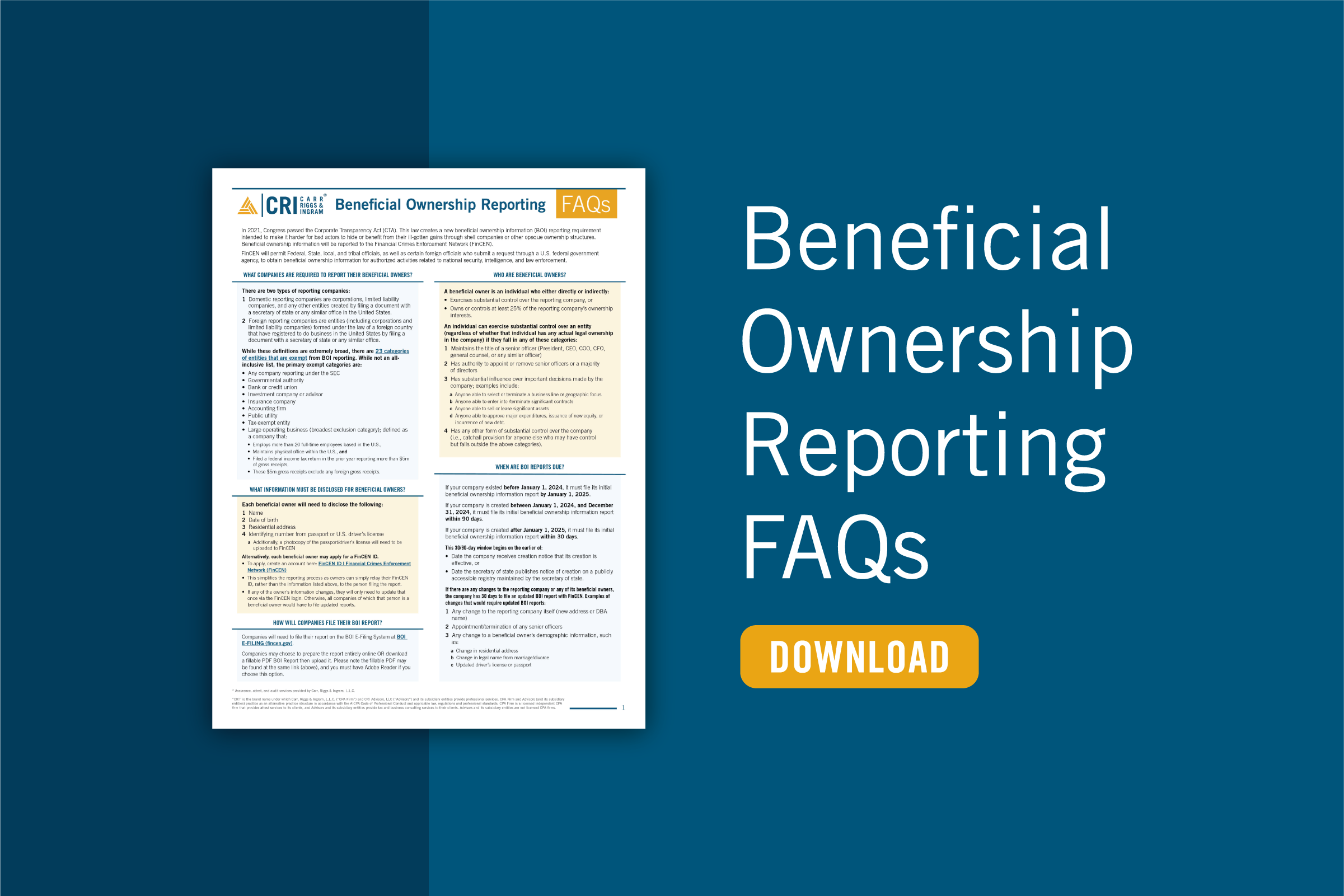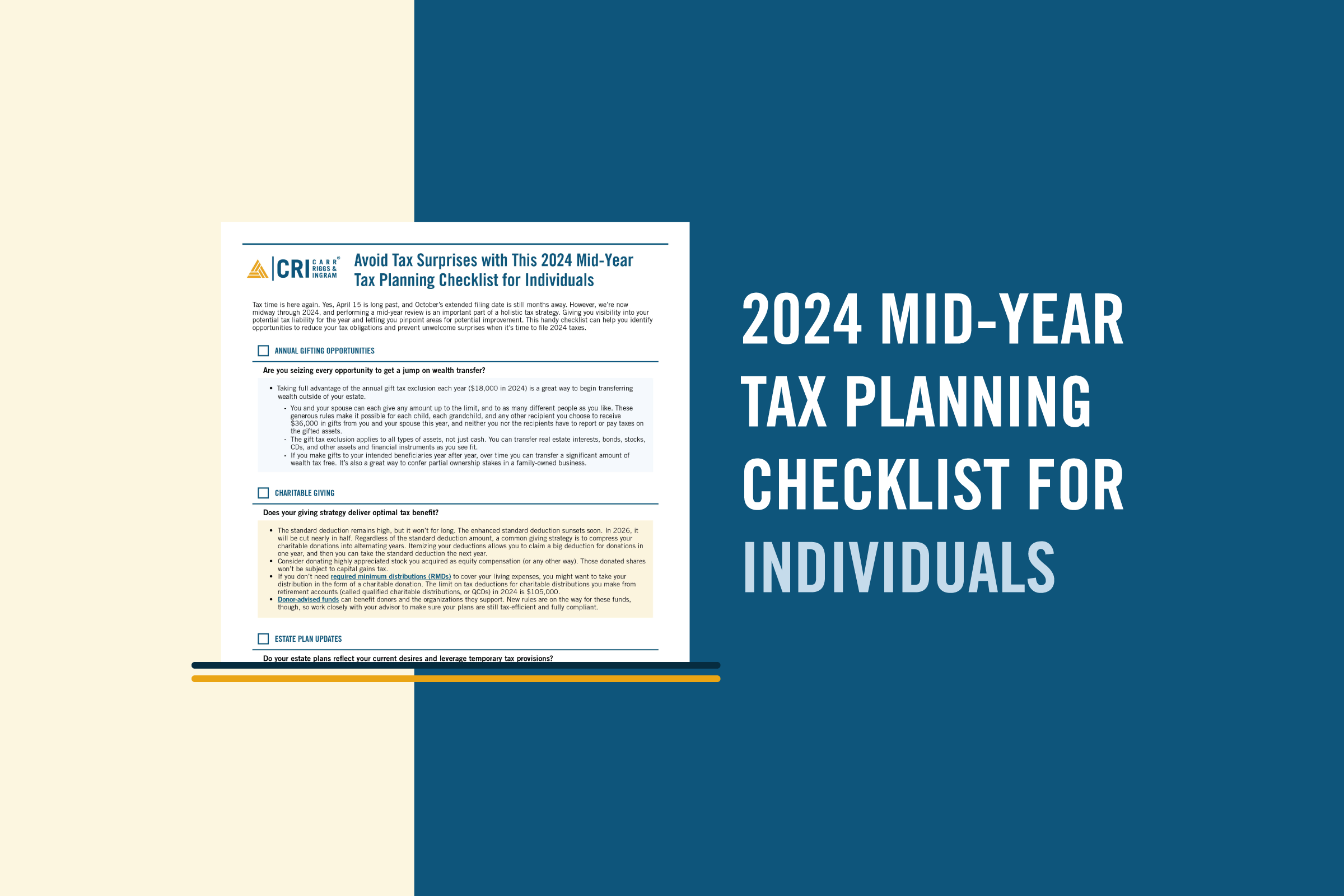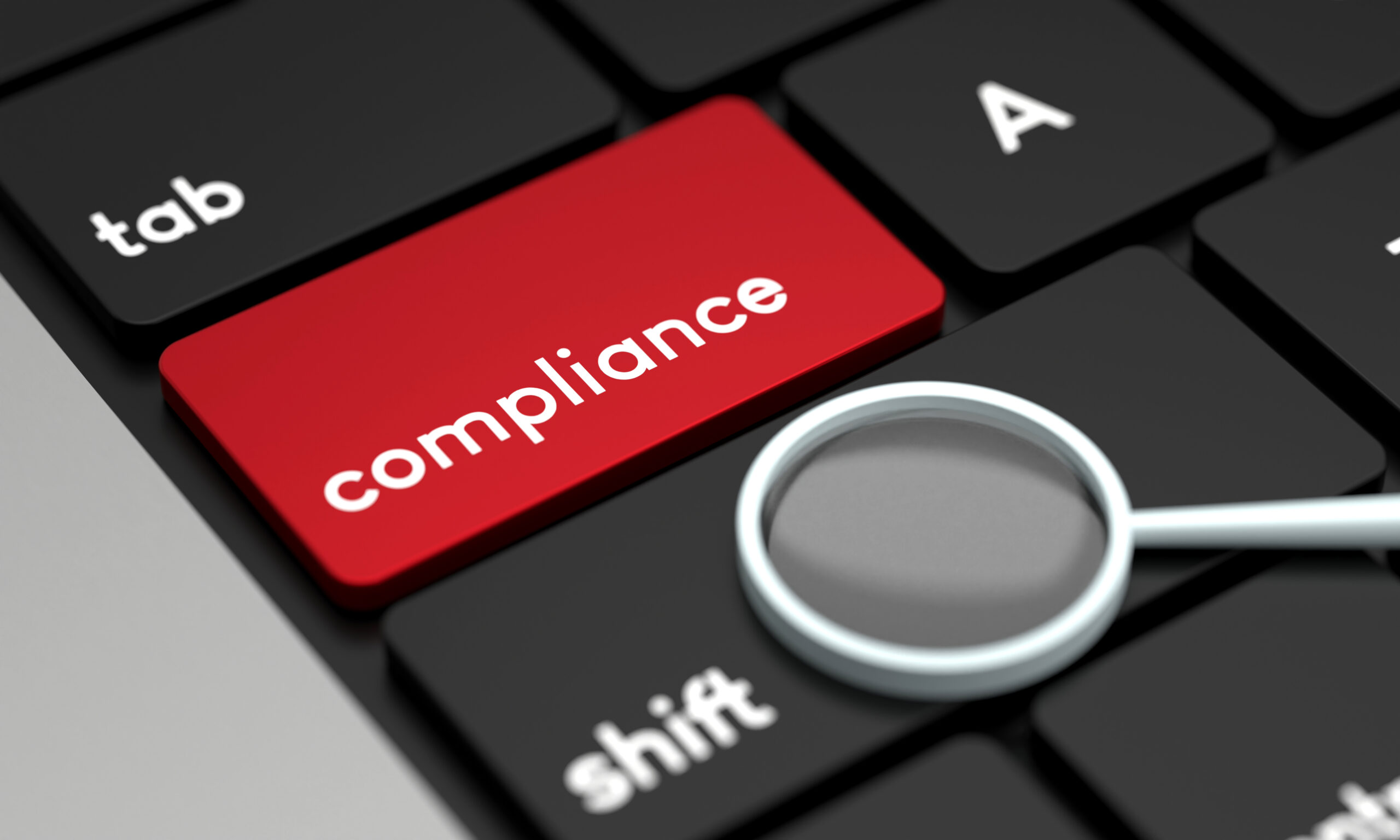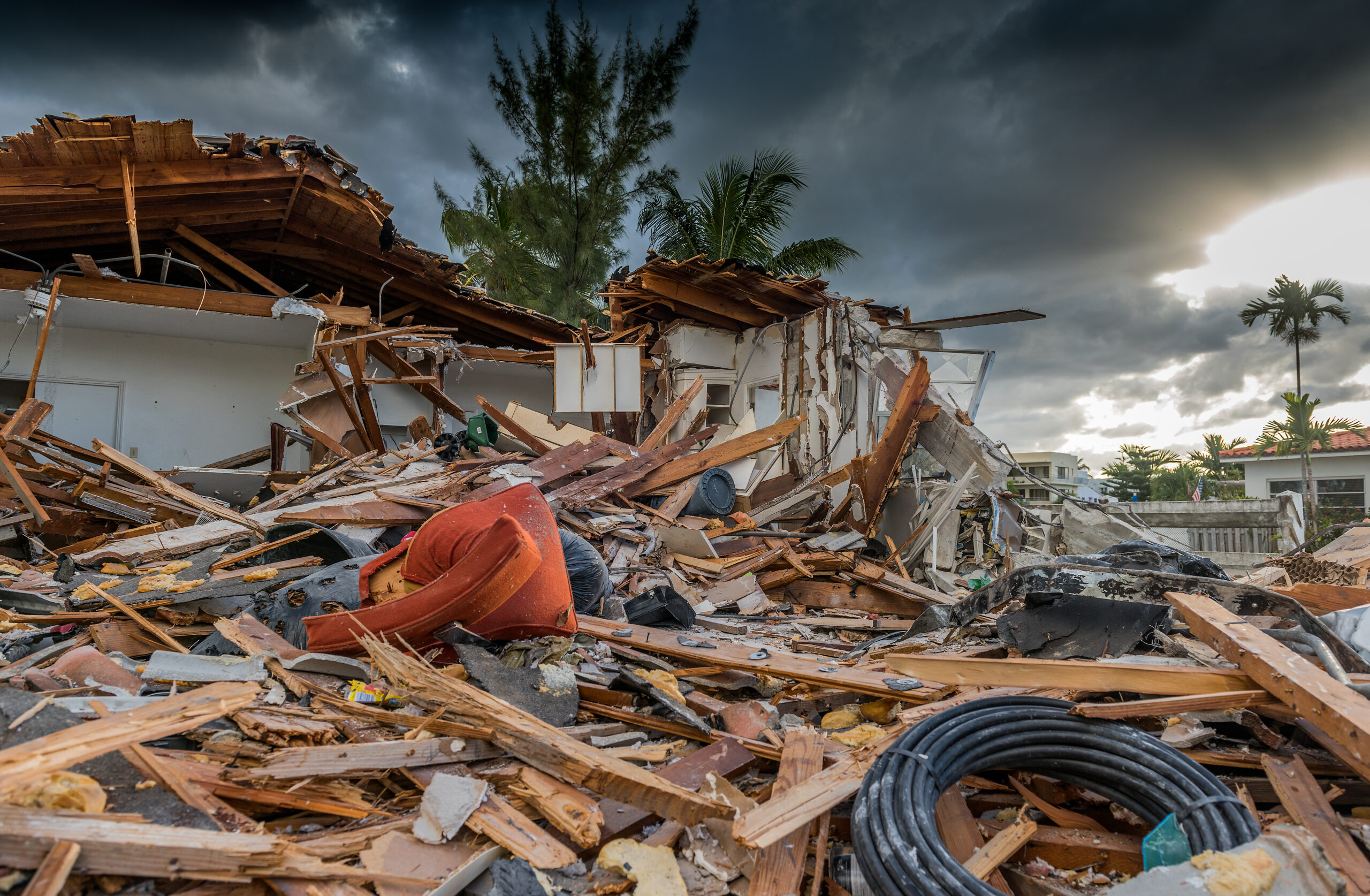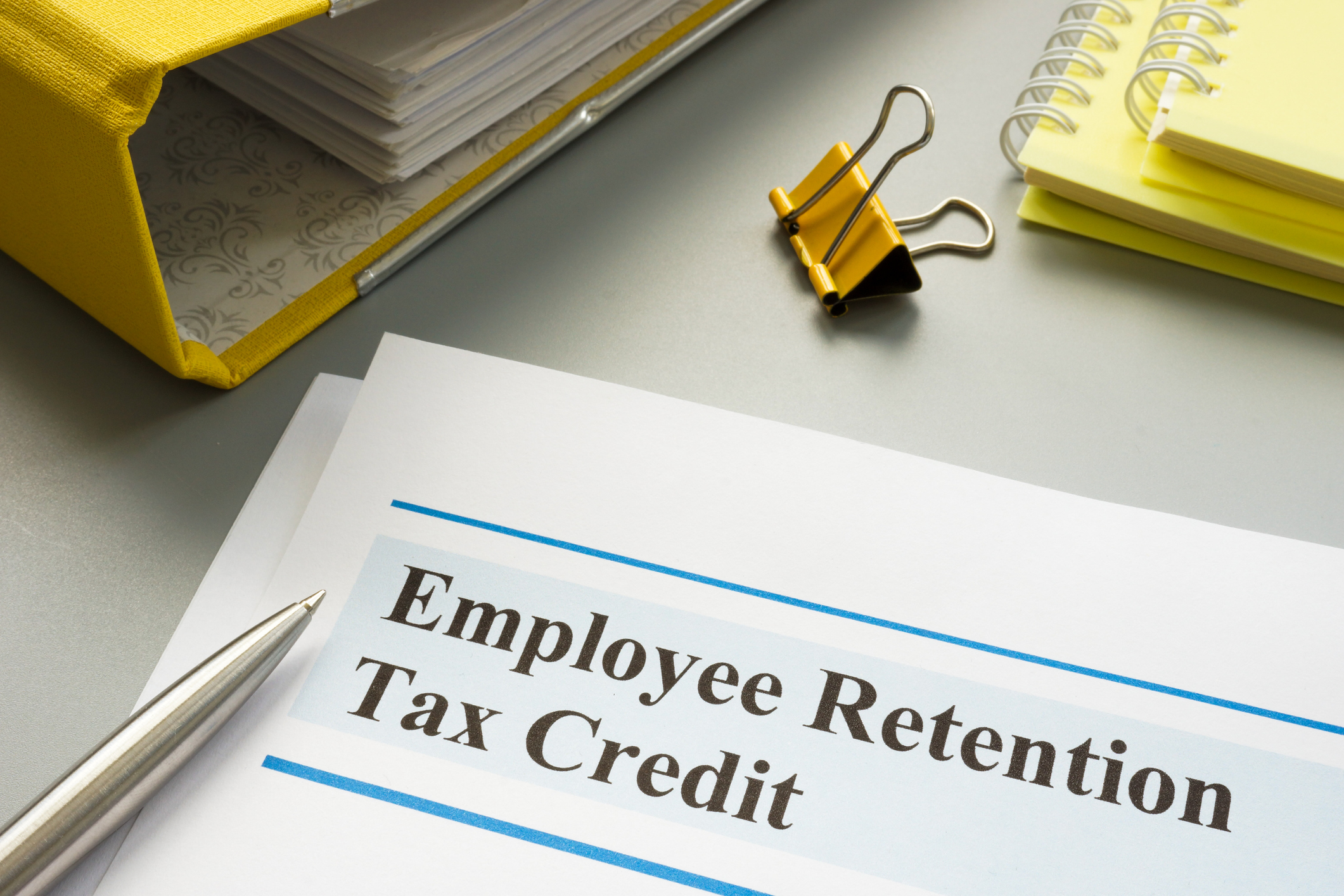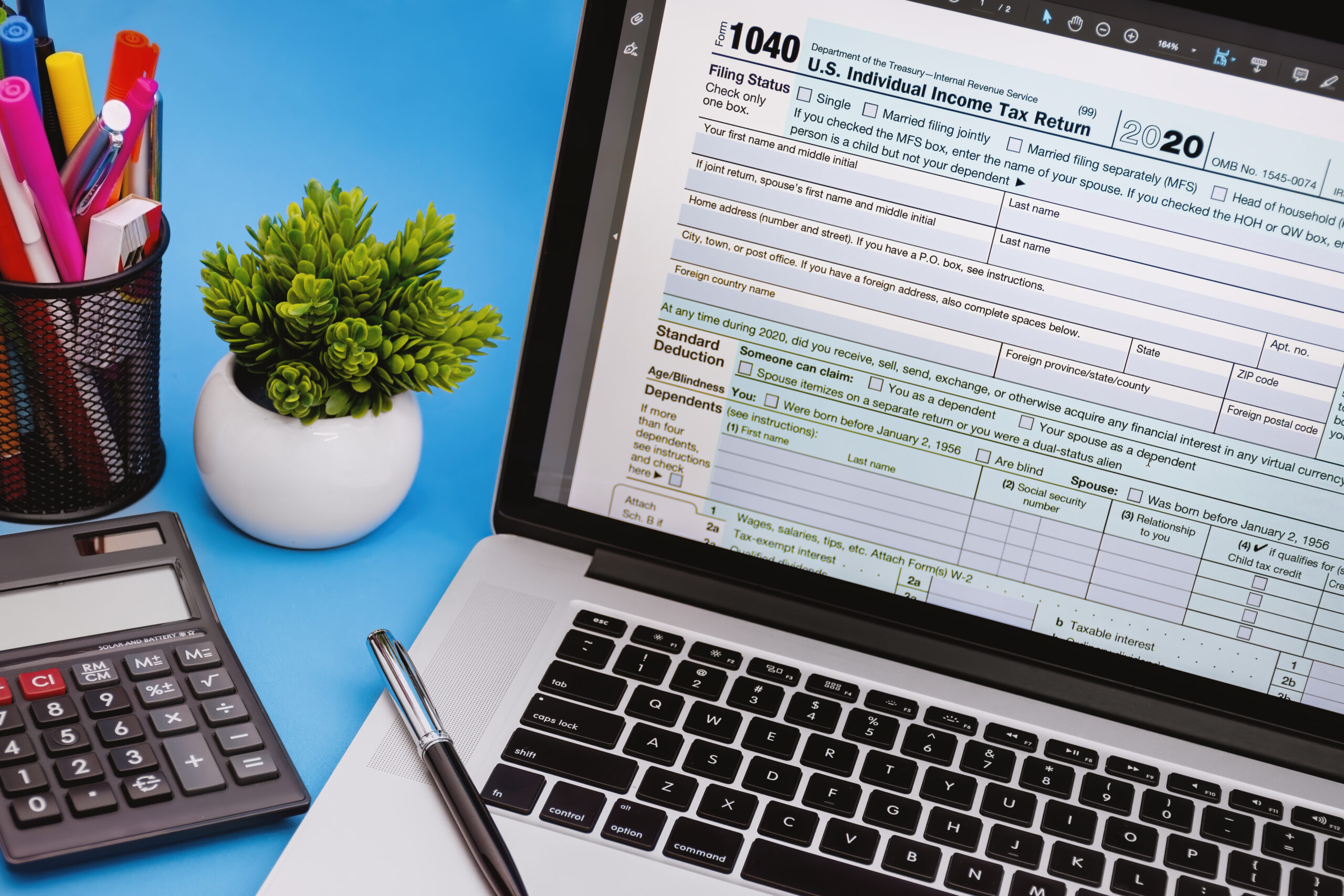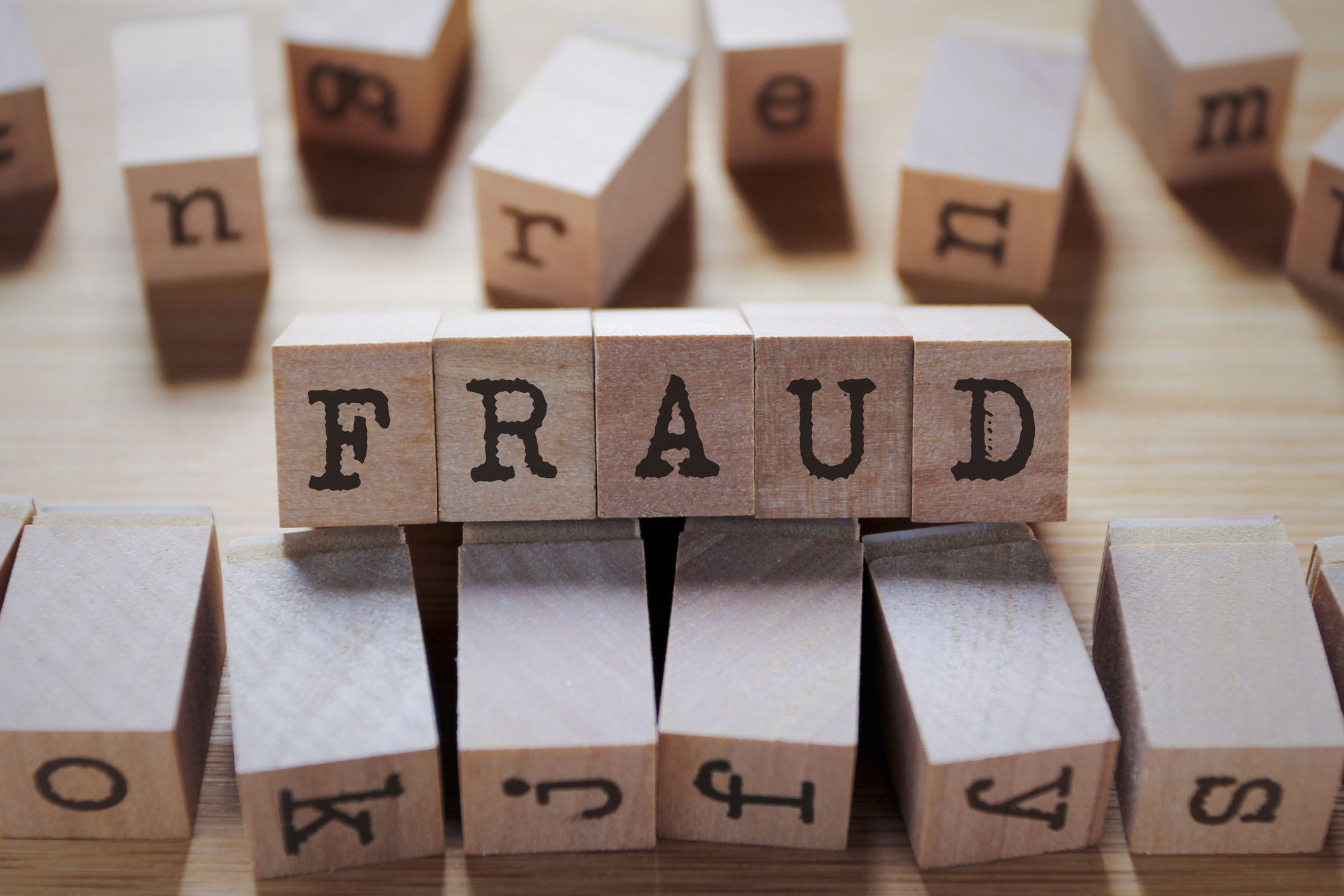Nine Questions About GASB Statement 102 on Risk Disclosures
- Contributor
- Dean Michael Mead
Jan 23, 2024
At its December 2023 meeting, the Governmental Accounting Standards Board (GASB) approved issuing its first new standards in a year-and-a-half: Statement No. 102, . This article answers nine questions about why the GASB issued Statement 102 and what it requires governments to do.
1. Why did the GASB issue Statement 102?
When the GASB issued Statement 62 in 2010, it made the work of governments and their auditors easier. Previously, governments were required to apply accounting requirements that were scattered throughout the standards of the Financial Accounting Standards Board (FASB) and the American Institute of Certified Public Accountants (AICPA). Statement 62 brought most of those requirements into the GASB’s standards so that you could find all of the guidance in one place. However, a small number of FASB and AICPA standards were not brought in because they were too oriented to the private sector, including AICPA Statement of Position (SOP) 94-6, Disclosure of Certain Significant Risks and Uncertainties. (The FASB incorporated SOP 94-6 in Topic 275 of its Accounting Standards Codification®.)
Since then, GASB stakeholders have been asking the GASB to revisit risk disclosures. GASB standards include some disclosure requirements related to risks governments are exposed to, such as for investments and derivative instruments, but there is no general risk disclosure requirement comparable to FASB’s Topic 275. Those requests were magnified by the financial risks and difficulties governments experienced during the pandemic.
2. What kinds of risks does Statement 102 address?
Statement 102 encompasses a government’s vulnerability to risks related to certain concentrations and constraints that limit its ability to acquire resources or control spending.
Concentrations are situations in which a government has a limited number of sources of revenue or drivers of expenditures. Examples of such concentrations might include:
- One or two companies representing half of all local employment.
- Most local employment being in a single industry.
- A large percentage of a government’s revenue coming from one tax or customer charge.
- A single property owner accounting for a large share of all property tax revenue.
- Many of the government’s employees being subject to collective bargaining agreements.
Constraints are limitations imposed on a government’s ability to raise revenue, incur debt, or spend, as well as spending mandates.
3. Many governments are exposed to those kinds of risks. Do all governments have to disclose them?
No. Statement 102 does not require governments to disclose that risks related to concentrations and constraints exist, which many financial statement users will already be aware of. Instead, Statement 102 requires that governments consider the need for a note to financial statements when something happens that presents a credible risk of financial difficulty. Specifically, governments will have to make the required disclosures when all three of the following are true:
- The government knows about the concentration or constraint before its financial statements are issued.
- The government is vulnerable to the risk of a substantial impact because of that concentration or constraint.
- One or more events that are associated with that concentration or constraint and could cause a substantial impact on the government have either (a) already happened; (b) started to happen; or (c) are more likely than not to start happening within a year of the financial statements being issued.
4. What does a government have to disclose when all three of those criteria are met?
If all three criteria under question 3 are true, a government should disclose sufficient information for the reader to understand the nature of the circumstances and the government’s vulnerability to the risk of a substantial impact, including descriptions of:
- The concentration or constraint.
- The event, if it has already happened or started to happen before the financial statements are issued.
- Mitigating actions taken by the government before the financial statements are issued.
5. Should the disclosures be made for just the government as a whole?
A government should make disclosures when all three criteria have been met for (1) the government as a whole (that is, the primary government) and (2) any column in the financial statements that include outstanding revenue debt.
6. What if a government has taken steps to address the situation, so that not all criteria are met? Does it still have to make a disclosure?
No. If mitigating actions prior to the issuance of the financial statements result in one or more of the criteria no longer being met, no note disclosure is required.
7. The Statement 102 disclosures are similar to other requirements, such as subsequent events. Can the disclosures be combined?
Yes, if they are addressing the same circumstances. Statement 102 says that when its required disclosures overlap with those of other standards, they should be combined to avoid unnecessary duplication.
8. When do governments have to comply with Statement 102?
Governments should implement Statement 102 for their financial statements for fiscal years ending June 30, 2025, and all financial statements afterward. That means fiscal years ending September 30, 2025; December 31, 2025; March 31, 2026; and so on. Governments may implement the standards earlier than that if they wish.
9. Can CRI help governments with Statement 102?
Absolutely! If you need assistance understanding what Statement 102 requires or applying the requirements to your government, contact CRI for help.
